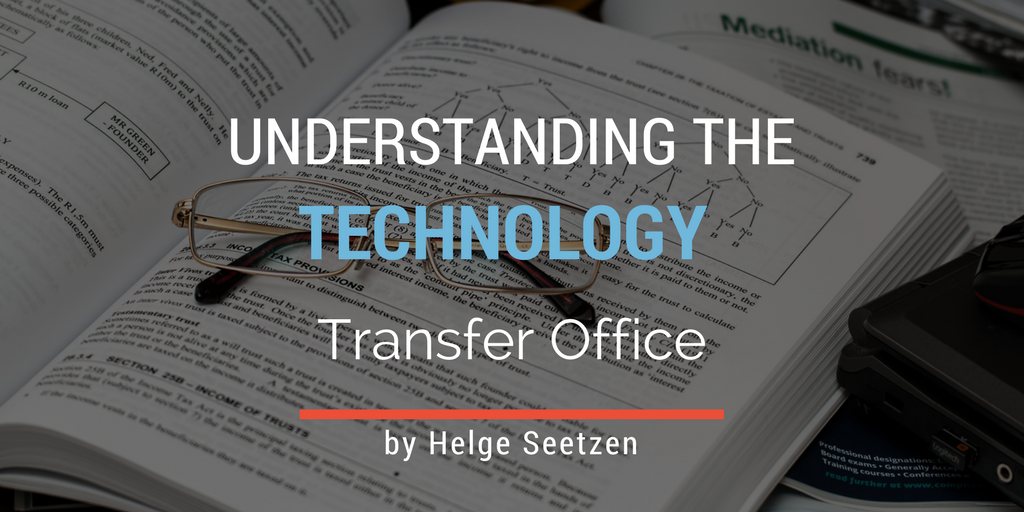Hopefully you either followed my last guide or already knew your Technology Transfer Office (TTO). Now it’s time to get to know them a bit better.
First you need to figure out what is your relationship with your TTO. Broadly speaking, your university will follow one of two invention ownership models: inventor-owned or university-owned. In the first case you legally own the rights to your invention and can do with it what you want. These universities generally still have TTO to help the inventors if needed, usually for a cut of any commercialisation revenue.
More commonly, the university will own the invention as long as you are a professor, paid research staff or graduate student. The policies for undergraduate students are usually blurry but in general the university will own all rights if you used university resources during the development. Almost all universities that own the invention rights will share some percentage of commercialisation proceeds with the inventors. In my experience about 30% to 70% of net gain will go to the inventor depending on the university.
At first glance the inventor-owned sounds superior but the two models aren’t actually that different in reality. Most university inventors need help from the TTO to file patents and get started with a new venture. More often than not they will enter into the voluntary arrangement with the TTO at inventor-owned universities and thus arrive at the same percentages. The offering of the TTO in this context is usually too good of a value to pass up. The alternative is to raise the money for external patent lawyers which will give you a significant early stage dilution hit and add the complexity of fund raising.
Also keep in mind that these percentages often sound worse than they actually are. The university takes a cut of any compensation related to the invention, not for everything involved in commercialising the invention. For example, the University of British Columbia had a 50% interest in the invention at the heart of my spin-off BrightSide. But that cut represented less than 5% of my total payout at the acquisition. The rest came from founder shares, shares in lieu of salary, stock options, transaction bonuses and my own seed investment return – all contributions that I made above and beyond the original act of invention and thus independent from the university policy. An inventor with a less active role in the spin-off will come closer to the effective 50/50 ratio.
The second fact you need to understand about the TTO is that they are your best friend. It might not feel that way when they slowly grind through the paperwork, but they will the last truly friendly entity on your entrepreneurial road. Their relationship with you is effectively on the basis of common shares and they really don’t bring any additional agenda. They are basically what Angel investors are supposed to be and were until recently: a source of directly aligned funding and relevant expertise.
The third fact is a bit counter-intuitive. Contrary to what you might expect, most TTO aren’t actually that great at generating money. The reason for this are structural and certainly don’t mean that individual TTO officers can’t help you tremendously during your entrepreneurial quest. The structural limitation is that TTO cannot do business development, investment or commercialisation. Nobody gave them the tools for these activities and your invention won’t go very far if you rely on the TTO to commercialise your idea for you. The latter two items are fairly straightforward to explain. Investment requires money and TTO simply don’t have free cash-flow or any kind of investment mandate. Similarly, they don’t have money to hire engineers, marketeers or any other resource that would help with actual commercialisation of your idea.
The business development piece is a bit less obvious since that’s what they are supposed to be doing, right? The reality is that successful business development requires a lot of focus, energy and money. You are trying to make somebody pay money for a vague idea. Most TTO just don’t have the structure or resources to do this. The average TTO officer has 20-30 files on her desk. Each file will be an invention in a different industry, at best organised into “physical sciences”, “life sciences” and “IT”. The same officer will have no budget to travel or reach out to a particular industry. Unless somebody walks into her office with a cheque, this just isn’t going to be enough to commercialise the invention. In a way that puts them even more firmly in a comparable role to a traditional Angel investor. They can enable your business but cannot do it for you.
Once you understand your TTO, including its limitations, you can start leveraging these bright folks to kick start your venture. More on this in the next post.



